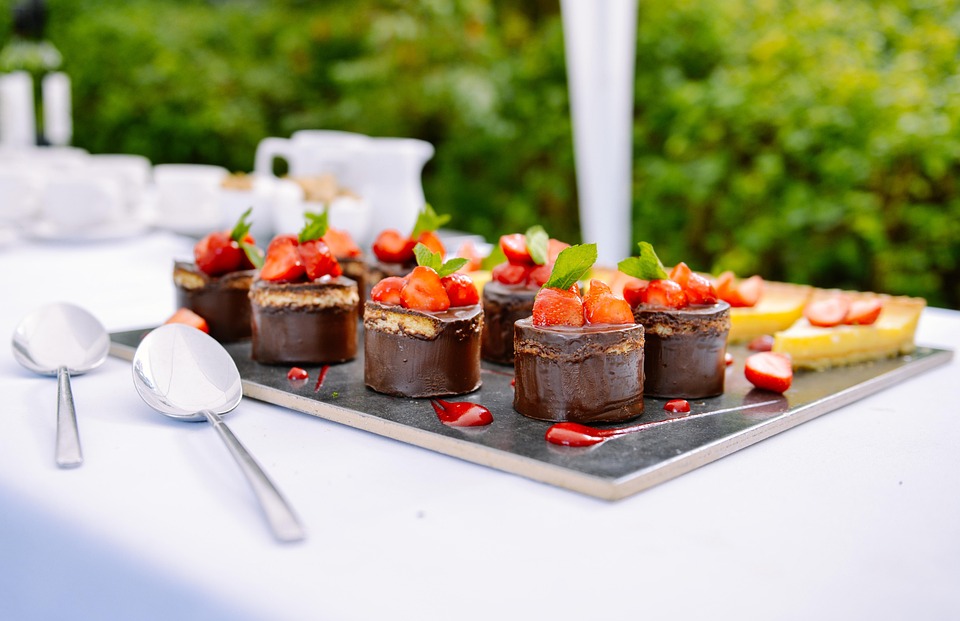Crafting a CV that captures the essence of your professional journey as a Catering Manager is essential, especially in the competitive landscape of the UK job market. A well-structured CV not only showcases your skills but also tells your story in a compelling way. Here’s how to create a standout CV that will leave a lasting impression.
The Header: Make It Pop
Your CV should start with your name in bold, a larger font size that immediately draws attention. Follow this with your contact details. Make sure to include your phone number and a professional email address. A LinkedIn profile link can be a cherry on top, giving potential employers a chance to explore your professional network and endorsements.
- Name: Ensure it’s prominent.
- Contact Information: Keep it straightforward.
- LinkedIn Profile: A modern touch.
Personal Statement: Your Elevator Pitch
In a world where first impressions matter, your personal statement is your elevator pitch condensed into just a few sentences. This section should encapsulate your experience, your passion for catering, and what you bring to the table—pun intended. Use powerful adjectives and verbs to convey enthusiasm and expertise.
- Experience: Highlight years in the industry.
- Passion: Mention what drives you.
- Value: State what makes you unique.
Key Skills: The Right Ingredients
Employers are keen to see a blend of soft and hard skills. List your key competencies, ensuring they align with the job description. A mix of culinary skills, management experience, and customer service prowess will make your CV appetising.
- Culinary Expertise: Specify cuisines or styles.
- Management Skills: Highlight team leadership.
- Customer Engagement: Showcase your service ethos.
Professional Experience: The Main Course
Your work history is the meat of your CV. Present it in reverse chronological order, starting with your most recent role. For each position, include your job title, the company name, and the dates of employment. Use bullet points to describe your responsibilities and achievements, focusing on quantifiable results where possible. Did you reduce costs? Increase customer satisfaction? These metrics are your secret sauce.
- Job Title & Company: Clarity is key.
- Responsibilities: Be concise, yet descriptive.
- Achievements: Numbers can be persuasive.
Education and Qualifications: The Foundation
Your educational background and any relevant qualifications should be succinct but informative. List your highest qualifications first, including any catering or management certifications. If you’ve attended workshops or further training, include those as well; they can set you apart in a crowded field.
- Degree/Certification: Name and institution.
- Additional Training: Workshops or courses.
Additional Sections: Spice It Up
Consider including sections that reflect your personality and interests. Volunteering in community events, participation in culinary competitions, or even a personal blog about food can add flavour to your CV. Employers appreciate candidates who are well-rounded and engaged with their community or industry.
- Volunteering: Show your community spirit.
- Hobbies: Uncover personal interests.
- Professional Affiliations: Memberships in industry groups.
Final Touches: Presentation is Key
Before hitting send, ensure your CV is polished and professional. Use a clean, legible font, keep the formatting consistent, and ensure there are no typos or grammatical errors. A well-presented CV speaks volumes about your attention to detail—a crucial skill in catering.
In the bustling UK job market, a standout CV can be your ticket to the interview stage. By following this template, you’re not just listing your experience; you’re telling the story of your career—a narrative that will resonate with potential employers.
CVPortal continues to provide you with high-quality CV references, ensuring you are always equipped to make a memorable impression.


